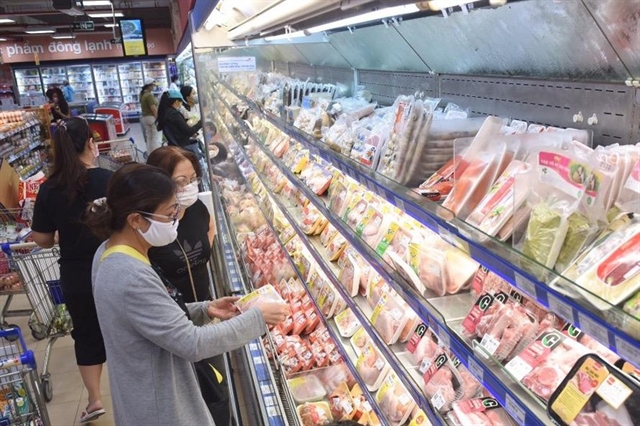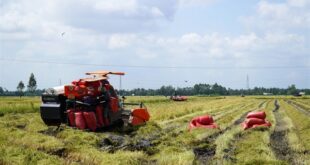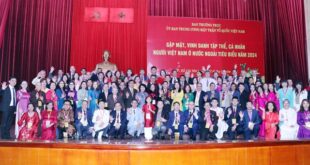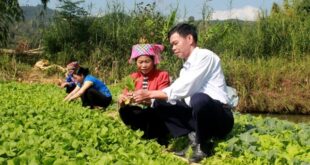
HÀ NỘI – When it comes to food safety issues in Việt Nam, negative messages are usually preferred in mass media reporting instead of scientific evidence that helps consumers protect themselves and their families from unhealthy food.
Speaking at a seminar on Tuesday about conveying food safety messages to the public through strengthening cooperation between researchers and reporters, Trần Thái Sơn, Deputy head of the Professional Affairs Department, Việt Nam Journalists Association, said that food producers, scientists and reporters should further cooperate so that food safety issues are more balanced in reporting.
The seminar is part of the project “Market-based approaches to improving the safety of pork in Việt Nam” (SafePORK), funded by the Australian Centre for International Agricultural Research (ACIAR) and co-organised by the University of Public Health (HUPH), Việt Nam Journalists Association and International Livestock Research Institute (ILRI).
At the seminar, Fred Unger, SafePORK project leader and ILRI representative in Southeast Asia, said that recent studies showed clear evidence of microbial contamination in pork, chicken and beef.
In Việt Nam, the public was very concerned about chemical contamination in food. However, leaders of food safety management agencies and journalists also tended to be easily misunderstood about the risk of chemical contamination, he said.
“Information on food safety today often focuses on reflecting negative messages, instead of providing scientific evidence to help consumers protect themselves and their families from unsafe food,” he said.
Therefore, it was necessary to find a solution that connects researchers and media agencies, in order to support and promote communication on food safety risks more effectively, to meet the information needs of consumers, he said.
Dr Phạm Đức Phúc, Deputy Director of the Center for Research in Public Health and Ecosystems (CENPHER) at the University of Public Health, said that research under the SafePORK project showed that the communication tools of agencies and researchers often used meetings or discussions that are not compatible with the media channels favoured by the public, such as television, radio, social networks and print and online newspapers, channels which play an important role in conveying food safety messages to the public.
According to Đồng Mạnh Hùng, Editorial Secretary of Voice of Vietnam (VOV), the public has a high demand for information on food safety and how to choose safe food.
The media and press do not always give the full picture. When people turn on the radio, read newspapers or watch videos on the internet, they see ‘dirty meat’ and make an assumption that all pork and chicken sold at the local market is dirty.
“Too much information about violations, about the harmful effects of “dirty meat”, makes consumers feel confused when choosing food,” he said.
“It is necessary to enhance the scientific orientation and responsibility in communication activities on food safety. The process of communication and press must listen to feedback and make timely adjustments to achieve effective communication,” he said.
“The message must clearly show the journalist’s view on food safety. It is important to inform about the cases. The information about the causes and new solutions is necessary. The message must be highly educational so that the public can be aware,” Hùng said. VNS
- Reduce Hair Loss with PURA D’OR Gold Label Shampoo
- Castor Oil Has Made a “Huge” Difference With Hair and Brow Growth
- Excessive hair loss in men: Signs of illness that cannot be subjective
- Dịch Vụ SEO Website ở Los Angeles, CA: đưa trang web doanh nghiệp bạn lên top Google
- Nails Salon Sierra Madre
 VnExpress News The News Gateway of Vietnam
VnExpress News The News Gateway of Vietnam





